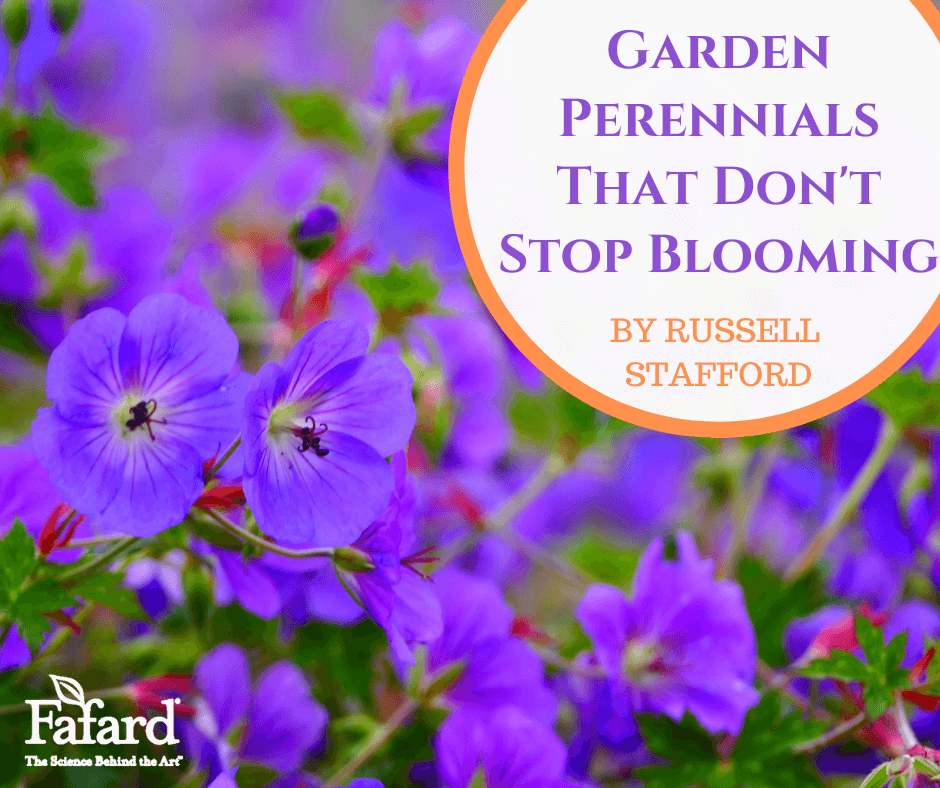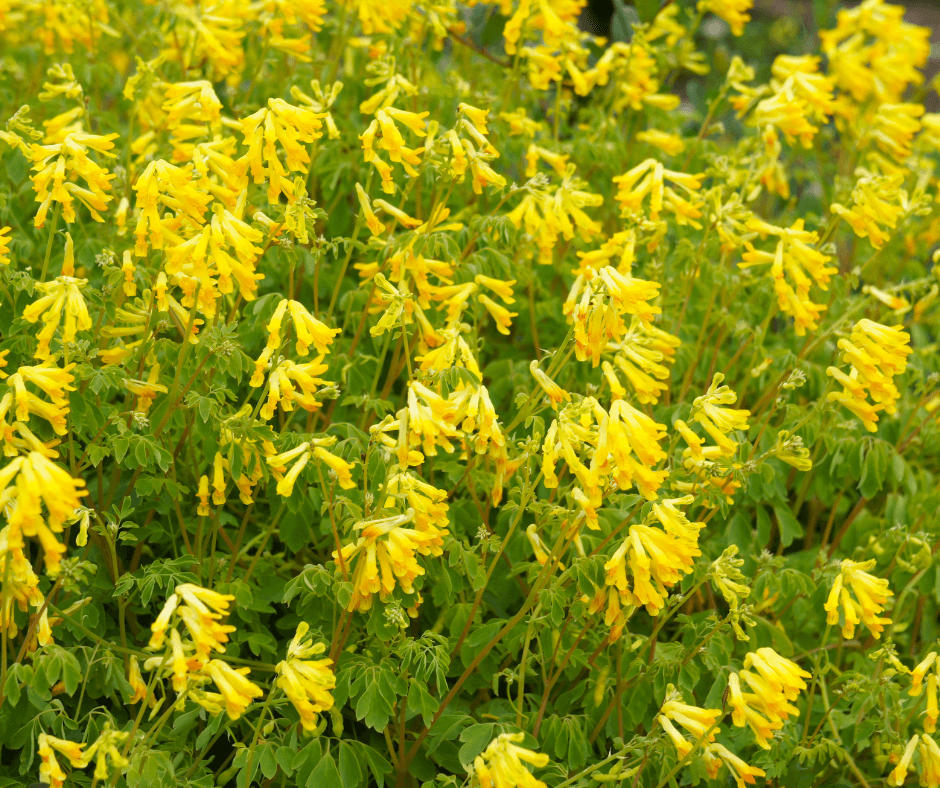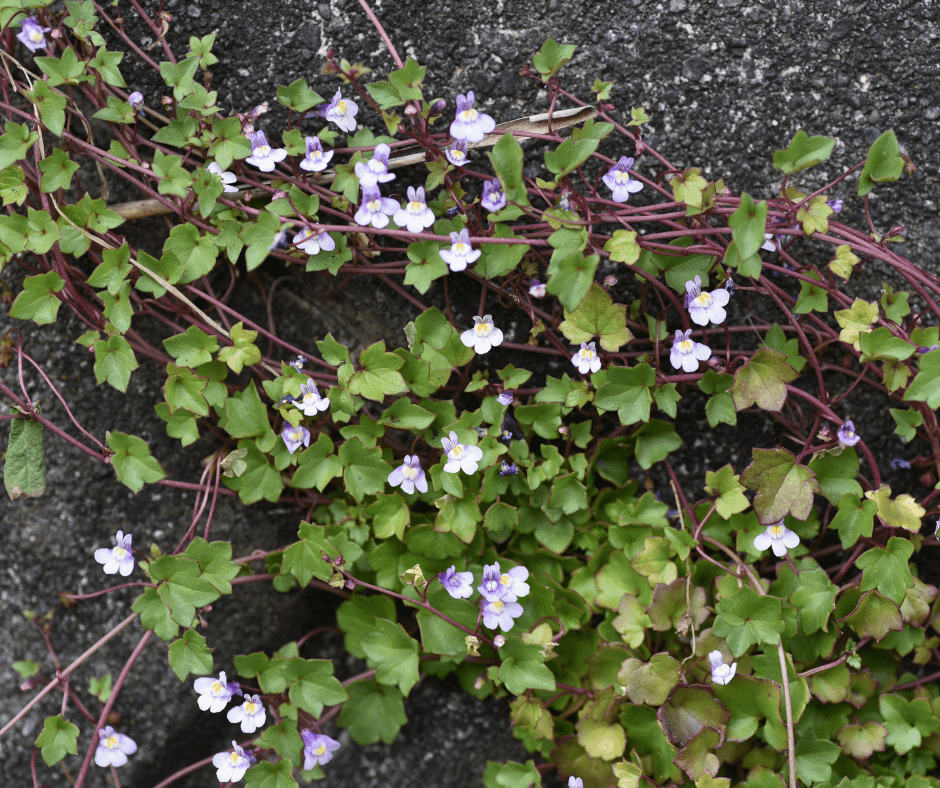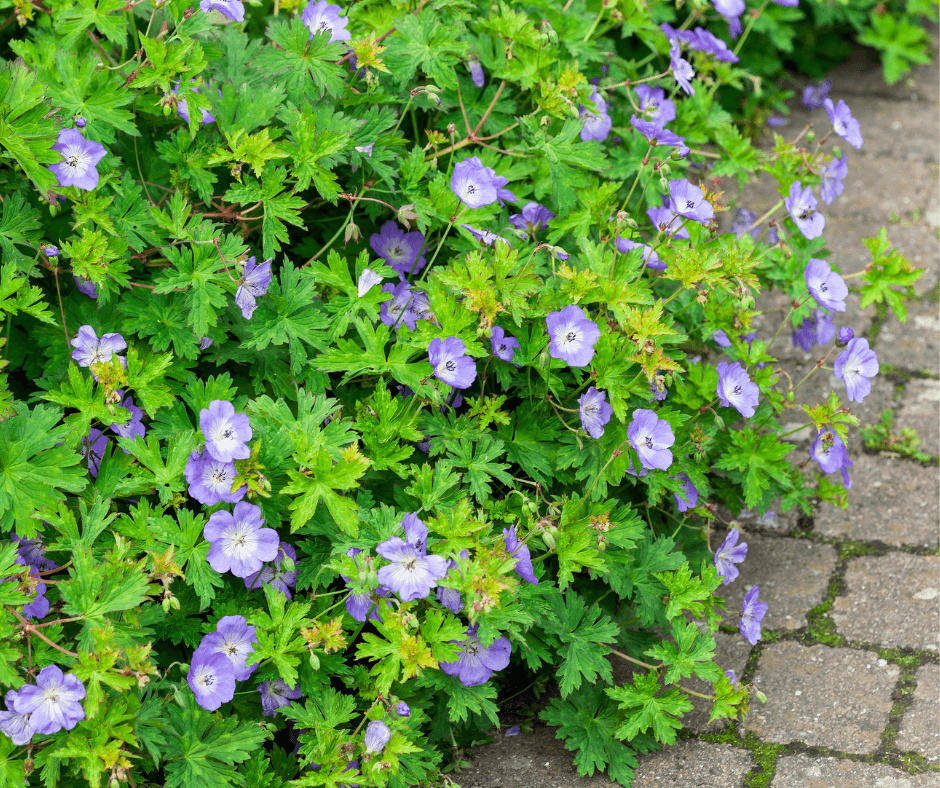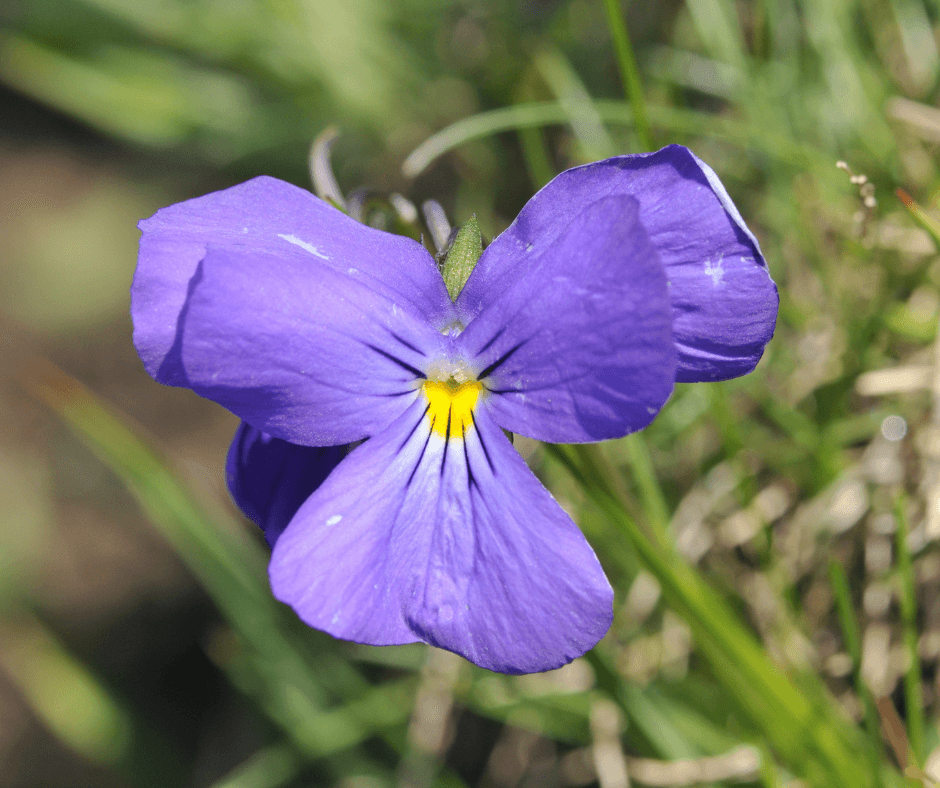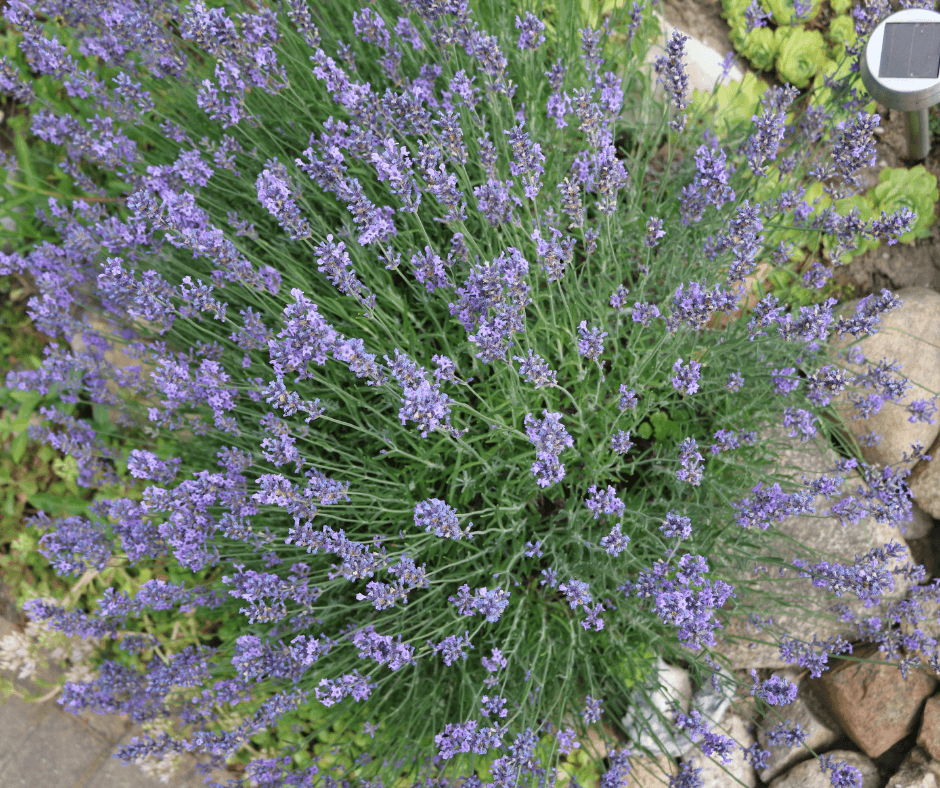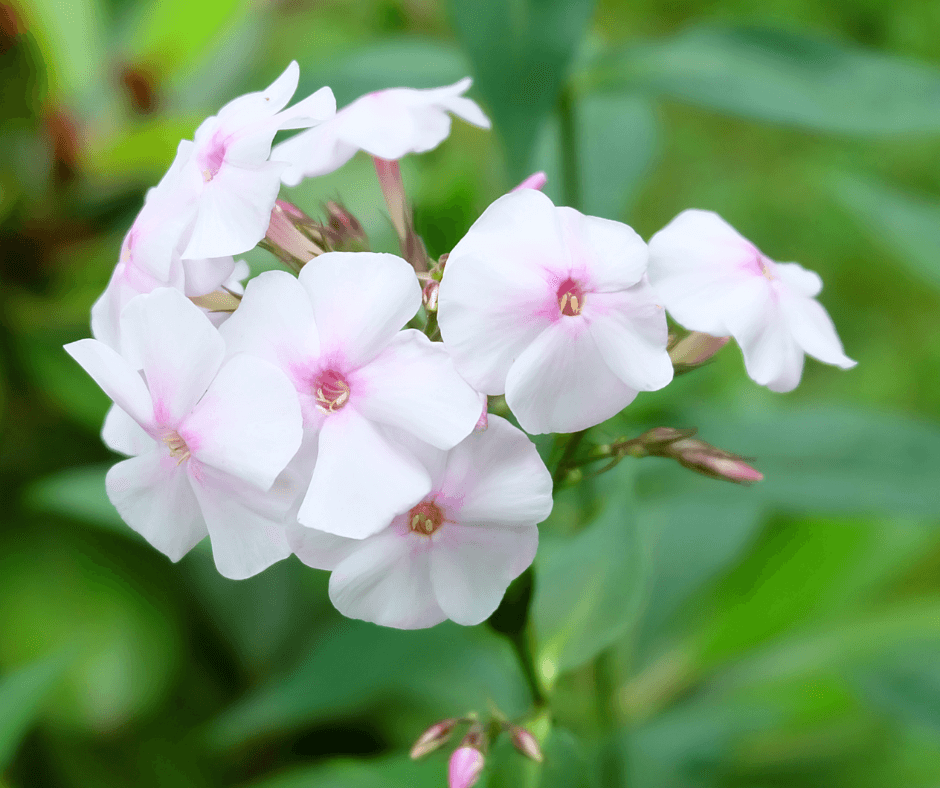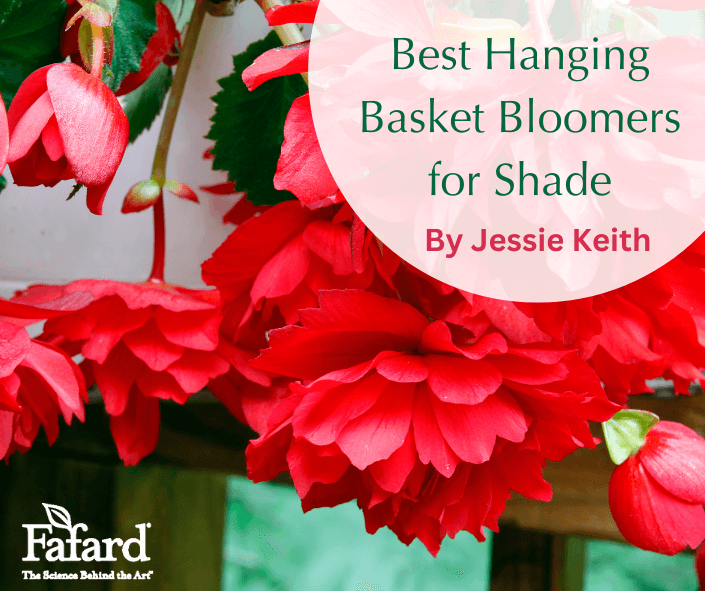
Shaded porches and patios are prime spots for hanging baskets. We spend most of our outdoor leisure time in the shade where their beauty is most welcome, but only certain garden flowers will flower and thrive in less light. Planting the right flowers is essential to keep your shaded baskets looking good from spring to fall.
Five Hanging Basket Planting Tips
- Plant in spacious hanging baskets with ample root space. I like coco-lined wire baskets within the 12- to 16-inch range. Be sure they are supported by secure hooks and strong chains.
- Choose a quality potting mix with good water-holding ability. We recommend Fafard® Professional Potting Mix (no added fertilizer) or Fafard® Ultra Container Mix with Extended Feed (added fertilizer and water-holding crystals)
- If your potting soil has no supplemental ingredients, consider adding Terra Sorb water-holding crystals and slow-release fertilizer to reduce the need to water and feed as often.
- Make sure a hose with a long water wand is nearby. (the Dramm professional water wand is my favorite.)
- Don’t overplant your baskets. Usually, one to three plants are enough, depending on what you are growing.
Best Hanging Basket Bloomers
1. Bacopa

Bacopa is most often sold as a container or hanging basket trailer, but the plants look lovely on their own in a basket or among other plants. I often choose the white-flowered MegaCopa™ White variety for my hanging baskets and pots, but Proven Winner’s Snowstorm® Blue and Snowstorm® Rose are newer forms with an added burst of color. One warning for the wise, bacopa doesn’t show drought stress immediately. By the time you learn plants are stressed, they’ll have dropped all of their buds. Plants can take up to two weeks before flowering again, so be sure to water daily, especially in hot weather.
2. Begonias
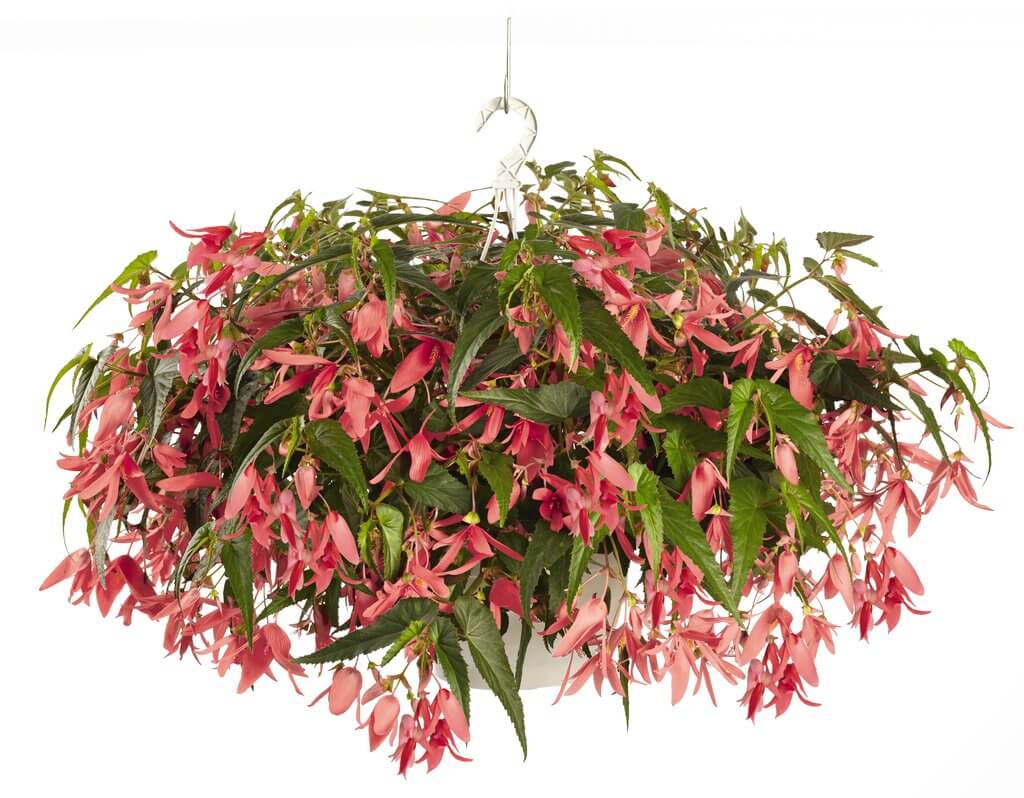
A host of specialty begonias are bred for hanging baskets. The trailing bloomers tend to have both attractive leaves and beautiful flowers. Some of the best performing include the Double Delight® begonias (check out Double Delight® Blush Rose) from Proven Winners in addition to their larger-flowered Belleconia™ tuberous hybrids.
Bolivian hybrids are also favorites of mine. The award-winning Rivulet® Bolivian begonia hybrids (blush, deep rose, orange, pink, and double red shades) from Ball Seed® have impressive flowers as does San Francisco™, with its pendulous salmon-pink flowers.
Impatiens

Classic Impatiens walleriana hybrids require regular water to look their best in hanging baskets, but they will reward you with nonstop flowers until frost. The double-flowered Rockapulco® varieties from Proven Winners have delicate rose-like blooms. Try Rockapulco®Tropical Shades with its profuse guava-pink flowers. Gardeners seeking single-flowered Imatiens should try the seed-grown Imara™ XDR Impatiens for their large flowers, vigor, and resistance to downy mildew, a common disease of the plants.
Fuchsia
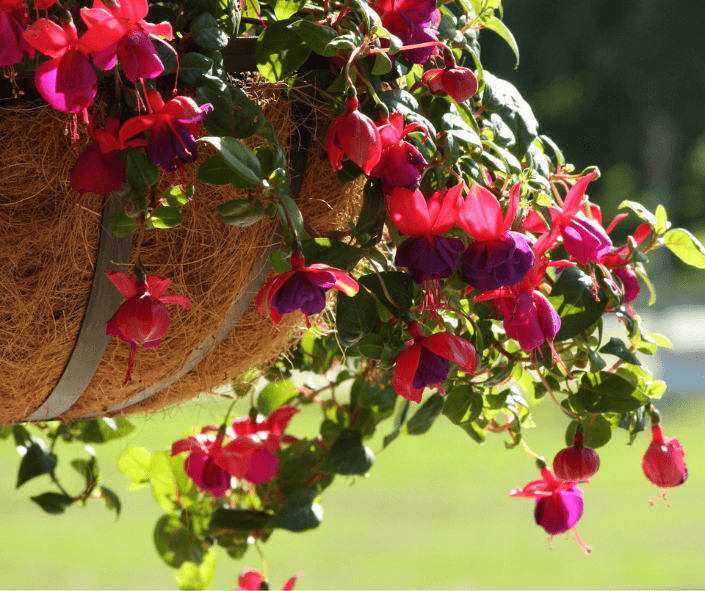
Trailing Fuchsias are ideal hanging basket specimens tolerant of full sunlight but generally happier in full to partial shade. There are hundreds of varieties available in different color combinations–mostly in whites, reds, pinks, and purples. The flowers often have two or more colors, with top petals (actually sepals) in one color, the true inner petals in another shade, and the floral pistil and stamens in yet another color. The dark purple and fuchsia ‘Dark Eyes‘ is an exceptional garden variety as is the white and red ‘Swingtime‘. Fuchsia flowers attract hummingbirds, so place them where you can see both the flowers and possible hummingbird visitors.
Browallia
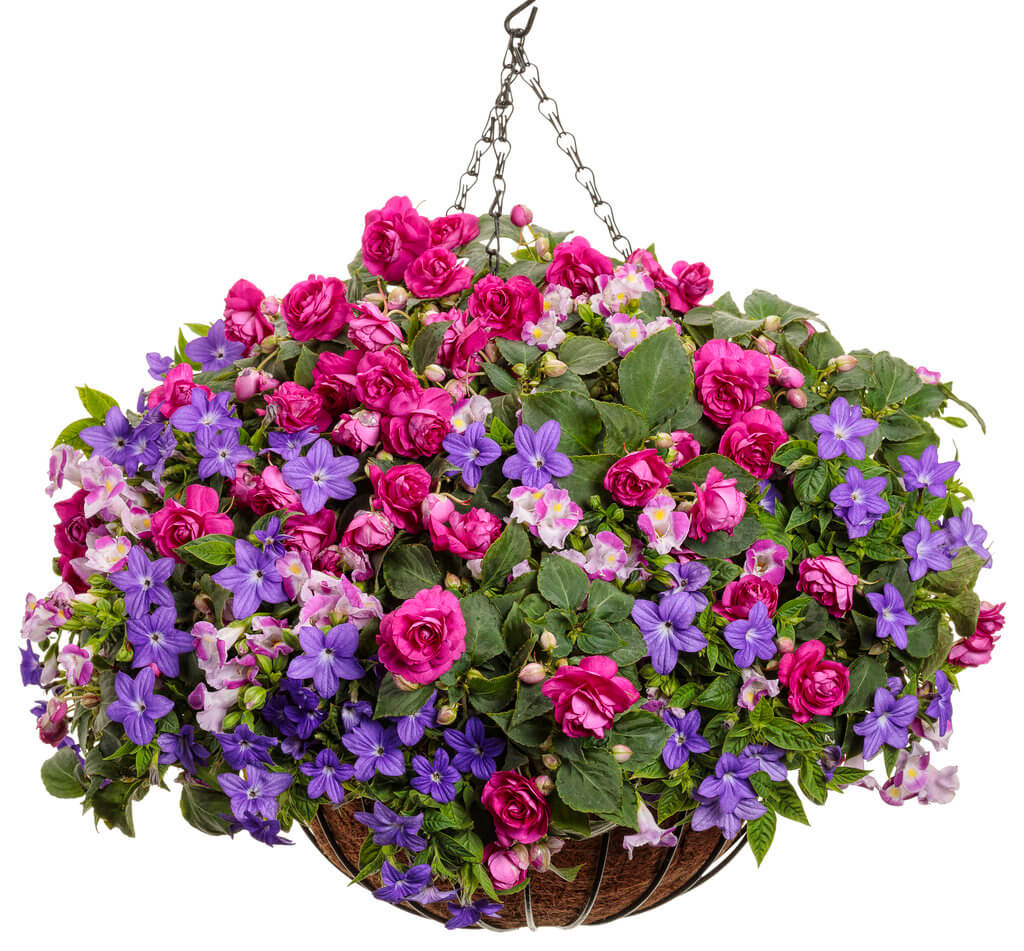
Browallia
The first time I grew Browallia in the late 1990s, I was impressed by its beautiful flowers and long season of bloom. The tough plants grow beautifully in hot summer weather and prosper in shaded hanging baskets. The most common variety is the violet-blue-flowered Endless™ Illumination Bush Violet from Proven Winners. The plants are real garden workhorses. Give them regular water and they will keep flowering until frost without the need to deadhead!
Wishbone Flower
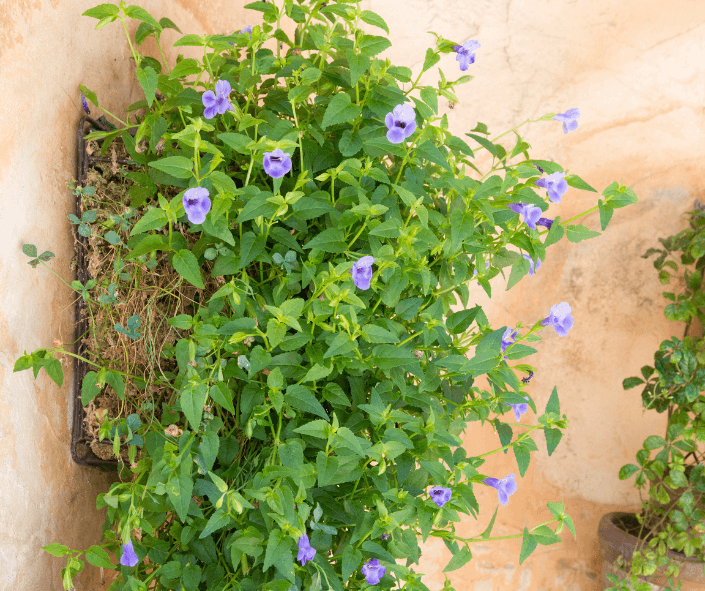
Trailing or bushy Torenia look beautiful in baskets and are adapted to shade. Summer Wave® Torenias are the standbys and available in lavender-pink, purple, and blue forms. They trail to 12-16 inches with strong, vigorous growth. Varieties in the Catalina® series are a more bushy counterpart reaching 12 x 12 inches. Yellow, white, pink, and purple forms are available. For me, the prettiest of the bunch is Catalina® Grape-o-licious™ with its white flowers with royal purple centers.

